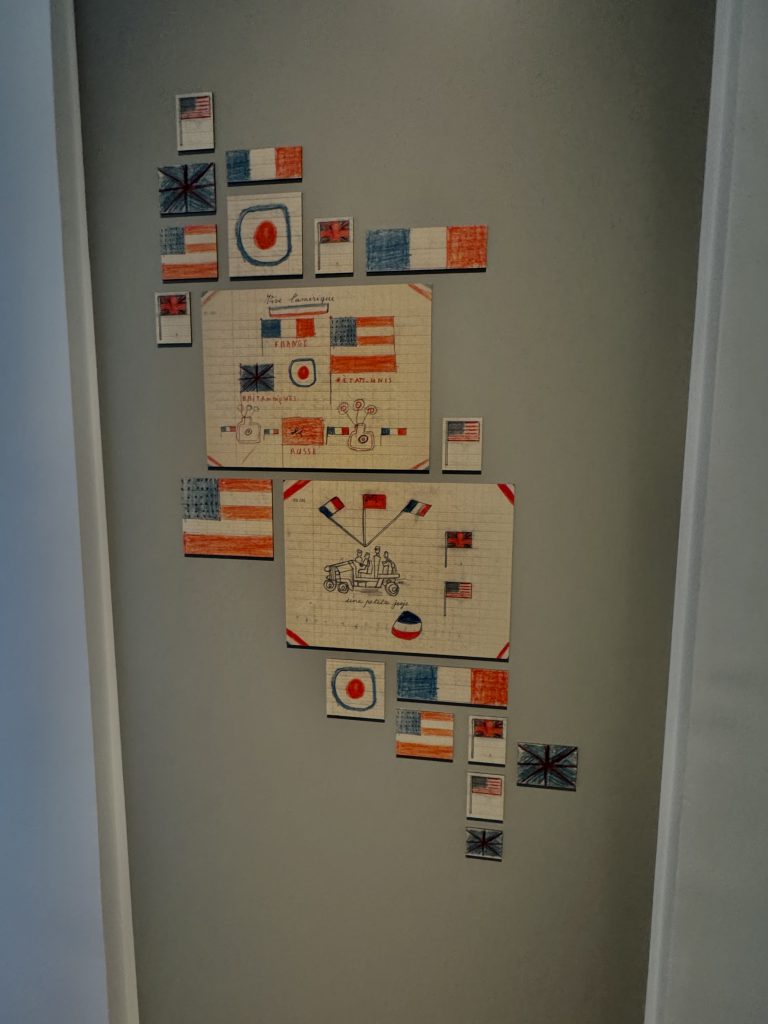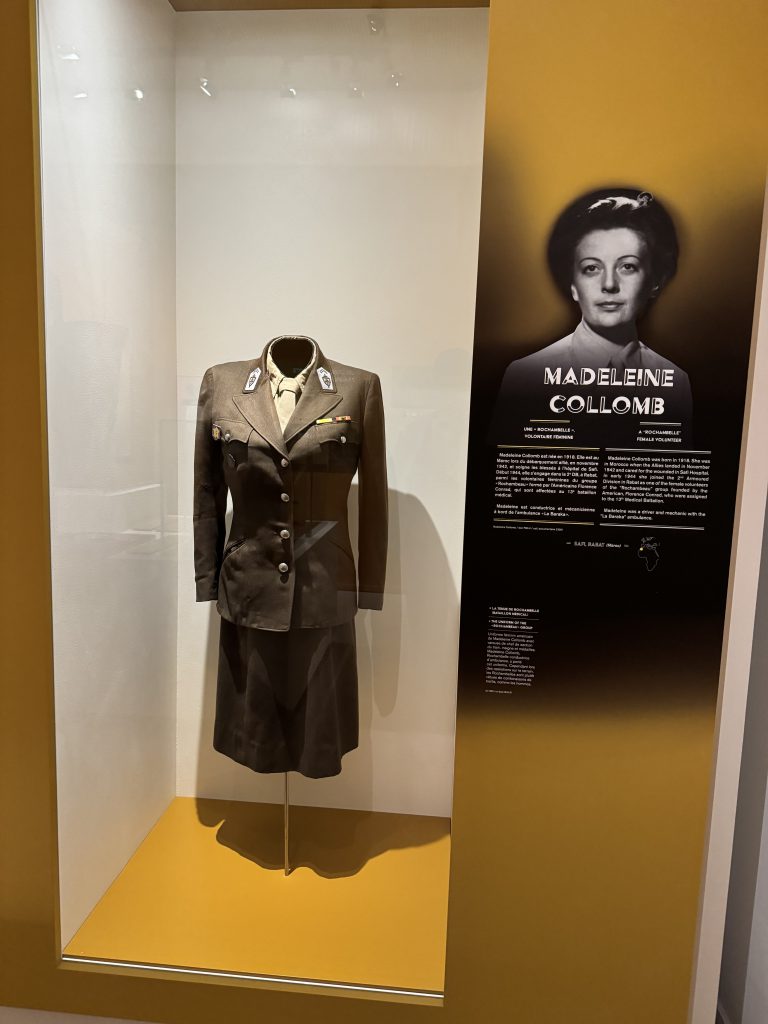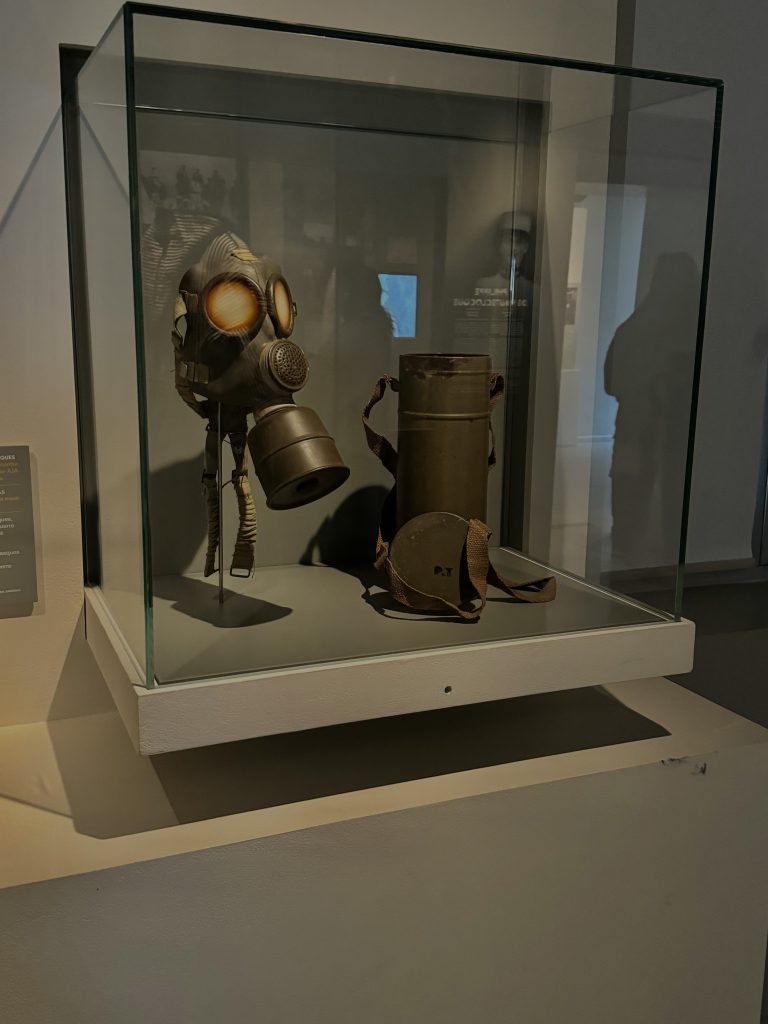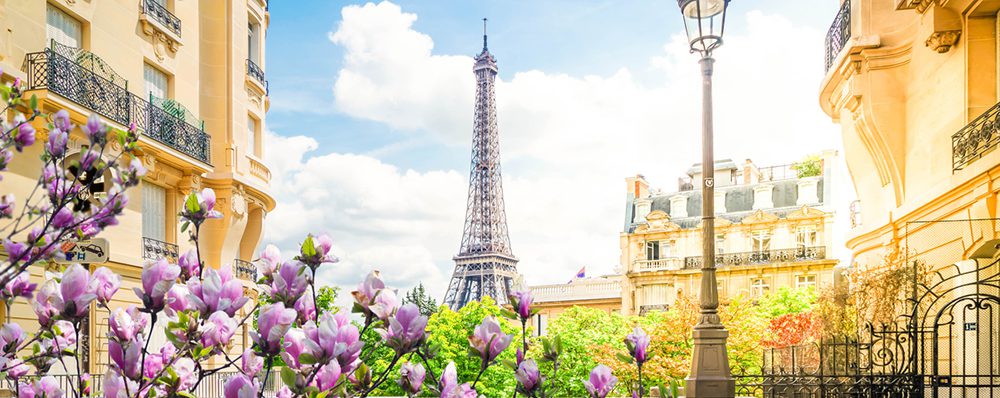While entering the beautiful building, we were greeted by a memorizing stone building that was built in the year 1994. The true name for this museum is called The Liberation of Paris Museum General Leclerc Museum – Jean Moulin Museum, as it shows the story of the brave citizens who were a part of the French resistance. As we walked through the museum doors, I was blown away to see beautiful lights hanging from the ceiling that were the colors of the French flag. From there we moved into the first exhibit where there was a beautiful picture of the famous Eiffel Tower building that had stated on it, “Paris from One War To Another (1918 – 1939)”. As we walked into the room, I quickly noticed the enclosed suites that past soldiers have worn. They were fitted onto mannequins with an in-depth description of who wore the suite and their importance within the French resistance. More enclosed historic objects were everywhere throughout the room we were in, as there was Jean Moulin’s identification card, gas masks, shoes and multiple pictures throughout the room conveying a type of airy scenery within the first room.
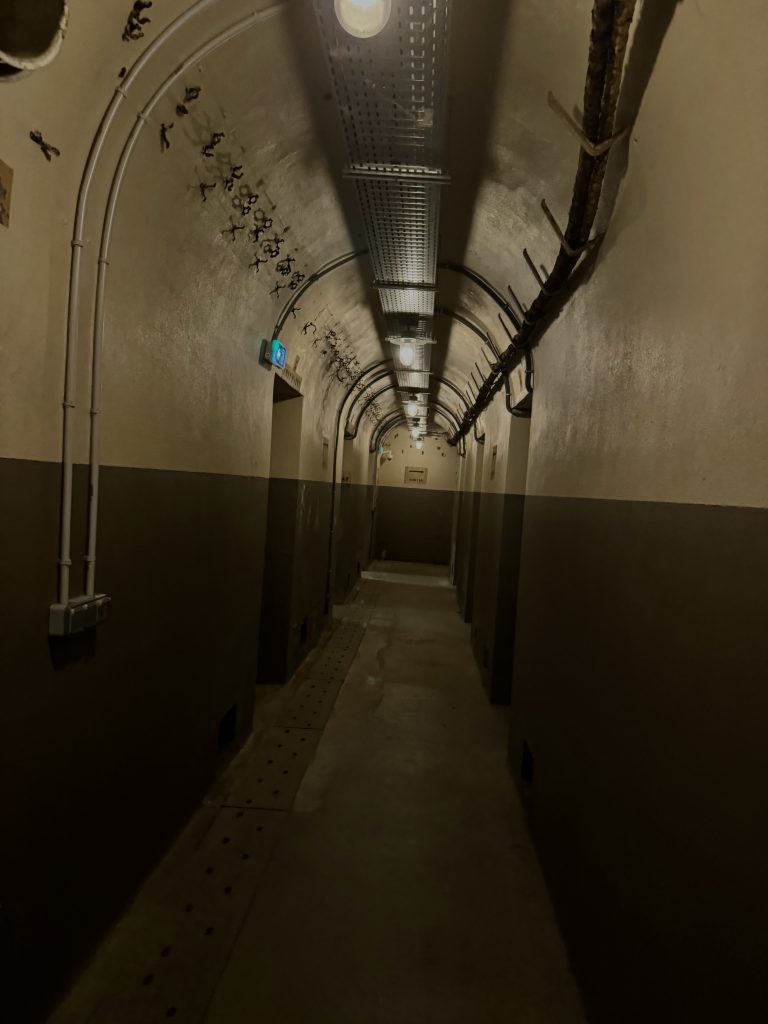
Soon after reading different pieces of writing and learning about how the French resistance first started, we were then taken down 200 stairs into an old bunker that the French used. This bunker was specifically used as a civil defense shelter that was underground which had protected others from bombs and tank explosions. While walking down into the bunker it was quite interesting how this was built so far down into the ground, so this tunnel was not discovered by others at the time being. Once we reached a flat point within the bunker, I was brough to a hallway with multiple doors on each side that entered different rooms. Within the first rooms there were signs posted within information on why this bunker was created, different pictures of the surrounding city of France, as well as showing one of the rooms that citizens once fled through based off multiple attacks within the city, they lived in. Within the other rooms there were more antiques shown including a gas mask, multiple newspaper pictures, a bike generator, multiple maps, and the original door to the bunker. Viewing these old specimens as they were once used heavily, made me realize what a difficult time citizens went through, especially having to spend some time within this captivity with multiple other people from the city. Other rooms played multiple videos of the destructions within Paris, showed different accessories such as shoes from children, and other nationality flags such as the Nazi flag.
As we walked through other exhibits as a group, we were able to understand the French resistance and the view of World War ll within the perception of the French citizens. Understanding that multiple French men and women carried out sabotages to disrupt the German war effort to show there should be citizens opposing the Nazi ruling. The French struggled during the resistance and during World War ll because there was major lack of communication and a lack of leadership through certain services. Viewing the different uniforms and clothing that was shown in each room of the museum was very interesting as there were some general unforms, dresses, as well as soldier uniforms. As these different clothing’s were preserved, there were multiple informational readings alongside the clothing’s. They spoke in terms of how specific citizens had related to these clothing for example with Jean Moulin’ suit with two zippers on each side. This type of clothing was preserved based on the fact he was served as a hero for the country of France during the resistance, as well as Madeline Comb whose unform was preserved as she helped multiple wounded soldiers and citizens during the wars. Other historic specimens that were within the museums that were festinating consisted of flags, children’s drawings, guns, maps, and other letters from soldiers that were sent to families that never received these letters.
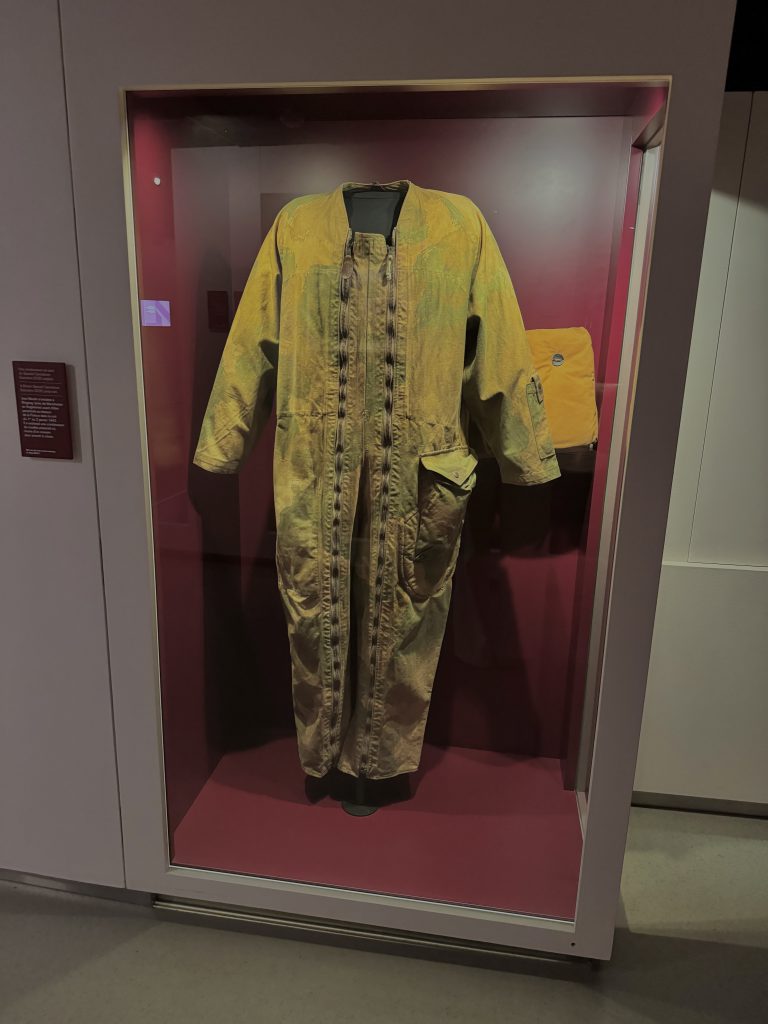
The Liberation of Paris Museum General Leclerc Museum – Jean Moulin Museum was so fascinating as there was so many preservatives including the bunker with writing on the wall from civilians of that time. Viewing this museum was more than needed within this Paris trip, as it gave me a new view of how the French had survived World War ll as well as the French resistance. Below are different pictures that show the beautiful preservatives that were shown within the museum that were the most interesting in my opinion. After viewing all the exhibits, our group came together and discussed different ideas we had about the museum. We all came to an understanding that we had learned a different view of the Wars in the U.S., and this museum helped us view both sides of the war which helped us all digest the wars. If I am given the opportunity to come back to the beautiful city that never sleeps, I will be back at this museum. I cannot wait to see what other adventures and curiosities wait for me within my last days here in Paris!
